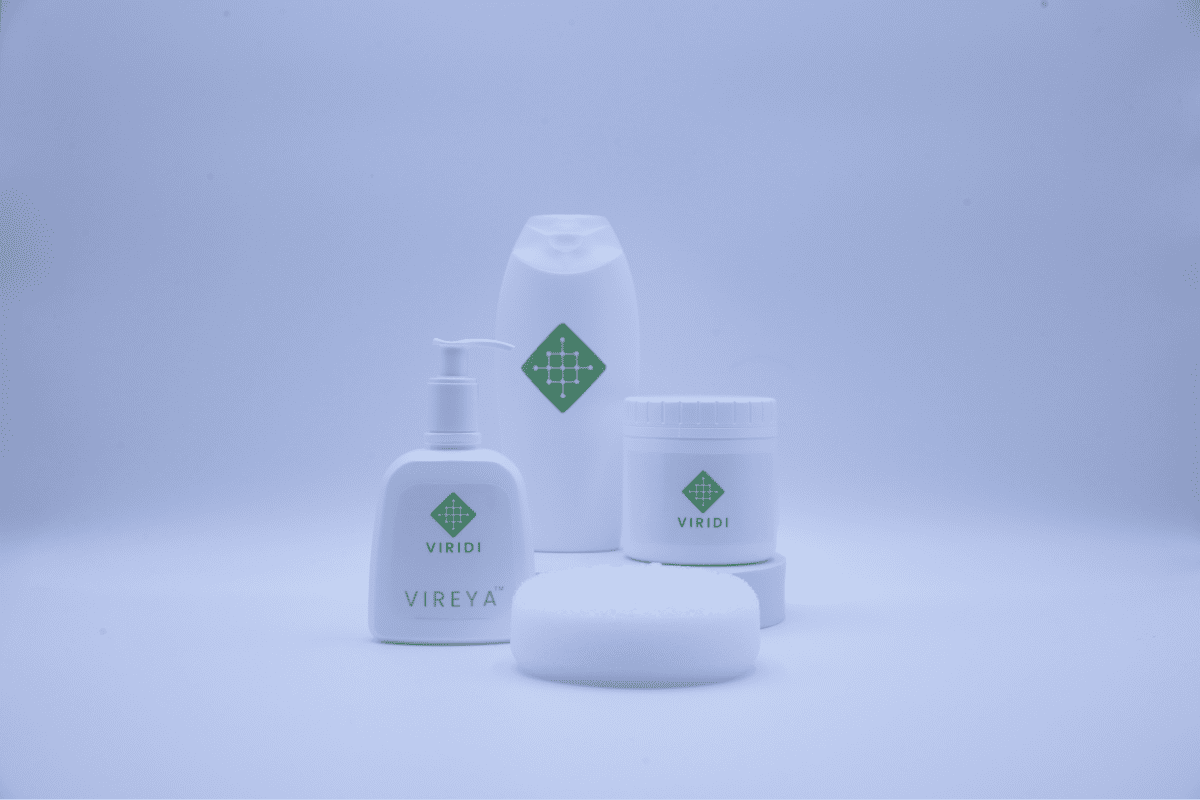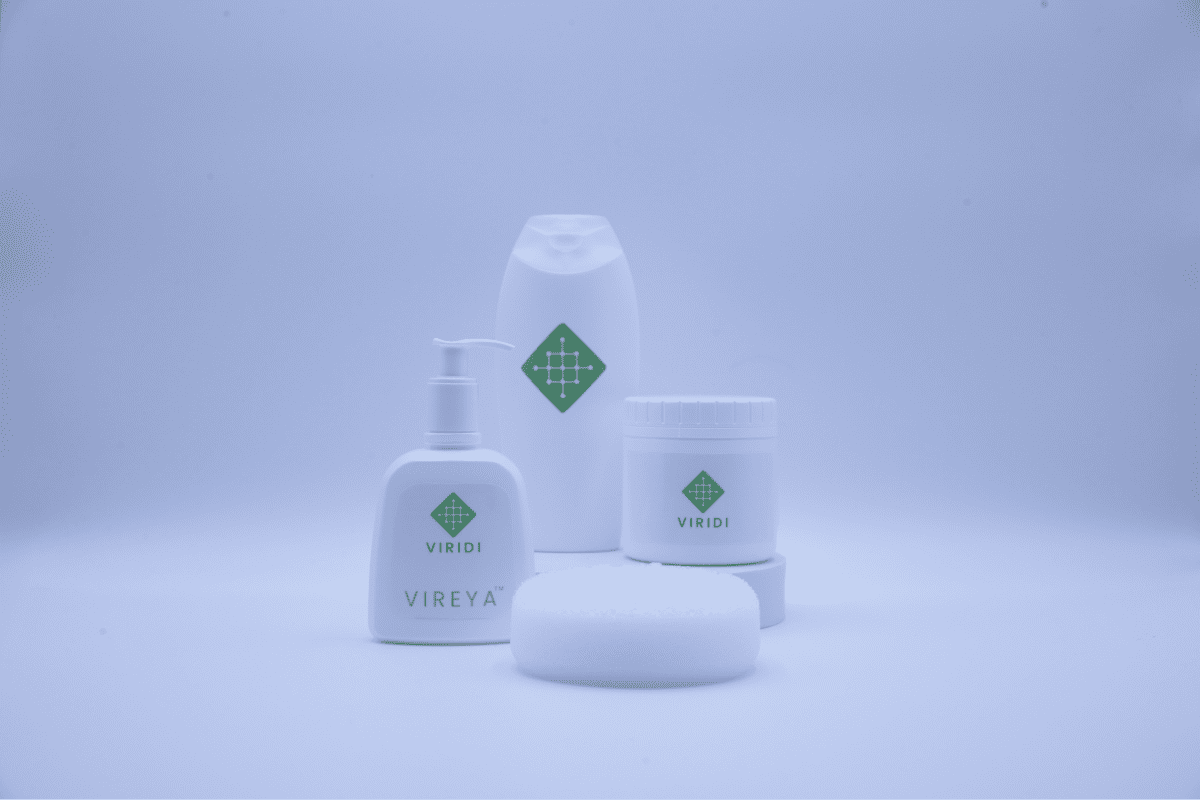
A UK firm has announced the world’s first commercial anionic surfactant1 produced using captured CO2 as a principal feedstock. Announced on 30 September, Viridi’s new surfactant seems a significant breakthrough in advancing the sustainability credentials of this class of chemicals, used in most soaps, shampoos, and cleaners
Surfactants are the active ingredient that lets water lift oils and grime so things actually rinse clean. Viridi says its Vireya is designed as a next-generation replacement for workhorse ingredients like SLES (sodium laureth sulfate), which eliminates oil palm-derived feedstocks and delivers improved consumer experience.
is designed as a next-generation replacement for workhorse ingredients like SLES (sodium laureth sulfate), which eliminates oil palm-derived feedstocks and delivers improved consumer experience.
Surfactants are everywhere. As the key ingredients in all home and personal care cleaning products, as well as vital components in numerous industrial applications, surfactants account for more than 20 million tonnes of global production annually. However, traditional supply chains lean on both oil and land-intensive crops and face tighter limits on contaminants.
How it works
Vireya purports to offer a new path: instead of relying on palm kernel oil or fossil feedstocks, it uses upcycled CO2 captured directly from a manufacturer’s own emissions as a raw material. This prevents carbon from being released into the atmosphere while also turning it into a valuable ingredient for everyday cleaning products, all while eliminating the potential for carcinogenic by-products.
purports to offer a new path: instead of relying on palm kernel oil or fossil feedstocks, it uses upcycled CO2 captured directly from a manufacturer’s own emissions as a raw material. This prevents carbon from being released into the atmosphere while also turning it into a valuable ingredient for everyday cleaning products, all while eliminating the potential for carcinogenic by-products.
Described as a unique technology, it uses a solid, reusable catalyst that transforms CO2 into a usable raw material. It can be adopted into existing manufacturing infrastructure without the need to build new chemical plants.
Viridi said early assessments indicate enhanced performance versus traditional incumbents while delivering up to 70% reduction in product carbon footprint (Scope 3) for the ingredient. Further Scope 1 and 2 savings can be realised depending on a manufacturer’s plant setup.
“Vireya is a world-first that turns a manufacturer’s own captured CO2 into the core ingredient behind soaps and cleaners,” said Dr Daniel Stewart, CEO of Viridi. “Because it runs on the equipment factories already have—at standard pressures and lower temperatures—companies can decarbonise fast, cutting product footprints by an estimated ~70% and staying ahead of tightening regulations without building new plants. It’s a step change that redefines decades-old manufacturing practices to produce next-generation essentials.”
is a world-first that turns a manufacturer’s own captured CO2 into the core ingredient behind soaps and cleaners,” said Dr Daniel Stewart, CEO of Viridi. “Because it runs on the equipment factories already have—at standard pressures and lower temperatures—companies can decarbonise fast, cutting product footprints by an estimated ~70% and staying ahead of tightening regulations without building new plants. It’s a step change that redefines decades-old manufacturing practices to produce next-generation essentials.”
Viridi plans to license the technology to surfactant manufacturers, with early commercial deployment targeted for 2026, and a view to extending the technology to other product classes to maximise impact.
Notes
[1] Surfactants can be grouped according to the charge on the molecule’s hydrophilic head (i.e., anionic, cationic, nonionic or amphoteric). Anionic is the biggest group, and includes things like Sodium Laureth Sulfate (SLES), used in shampoos, soaps, toothpaste, and other personal care and cleaning products.

